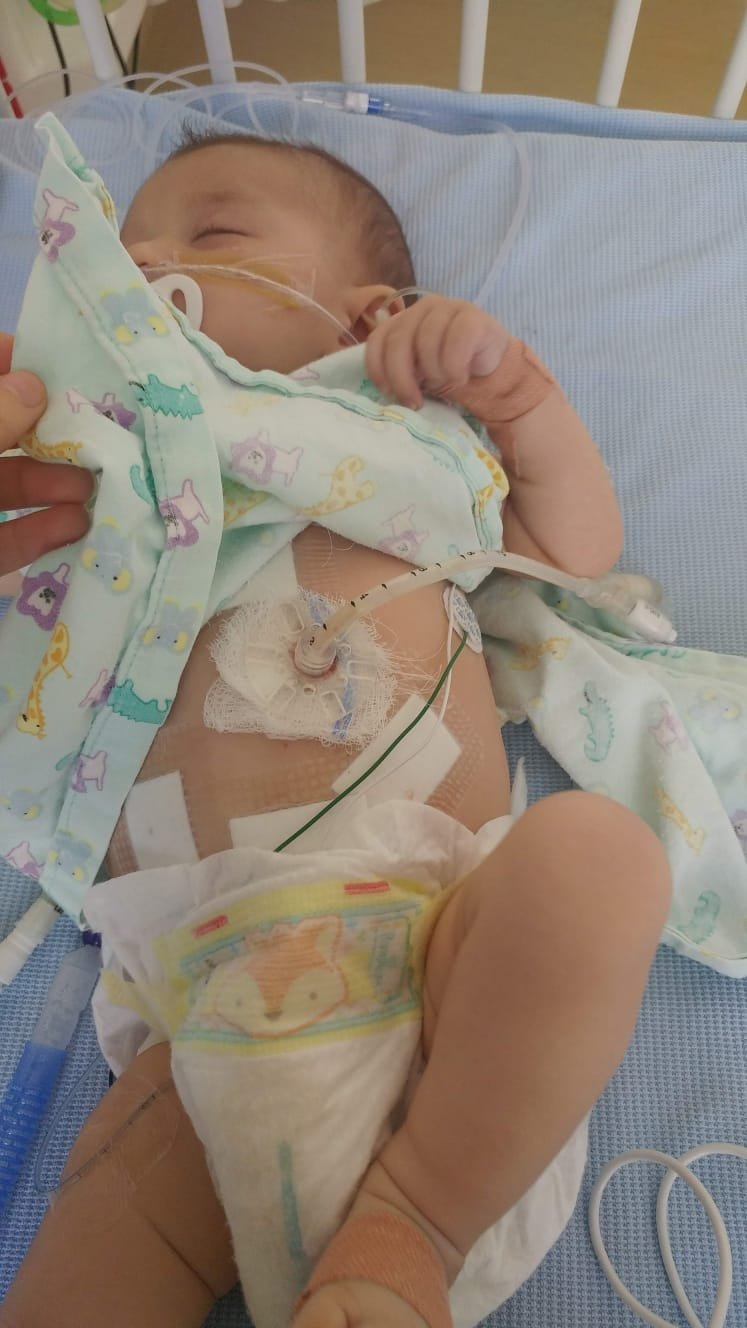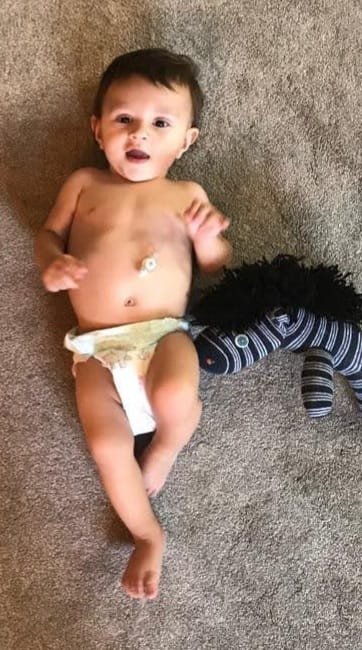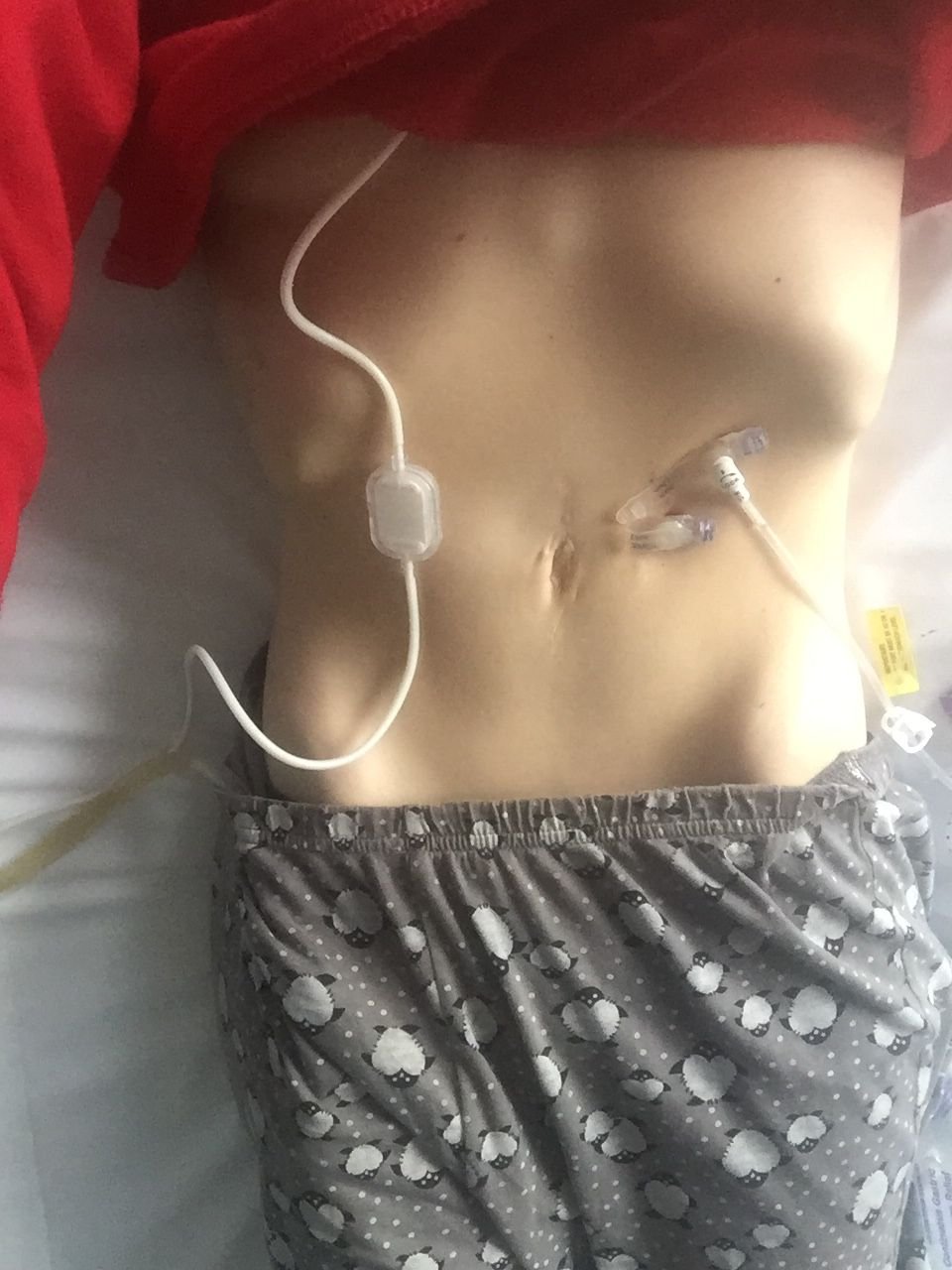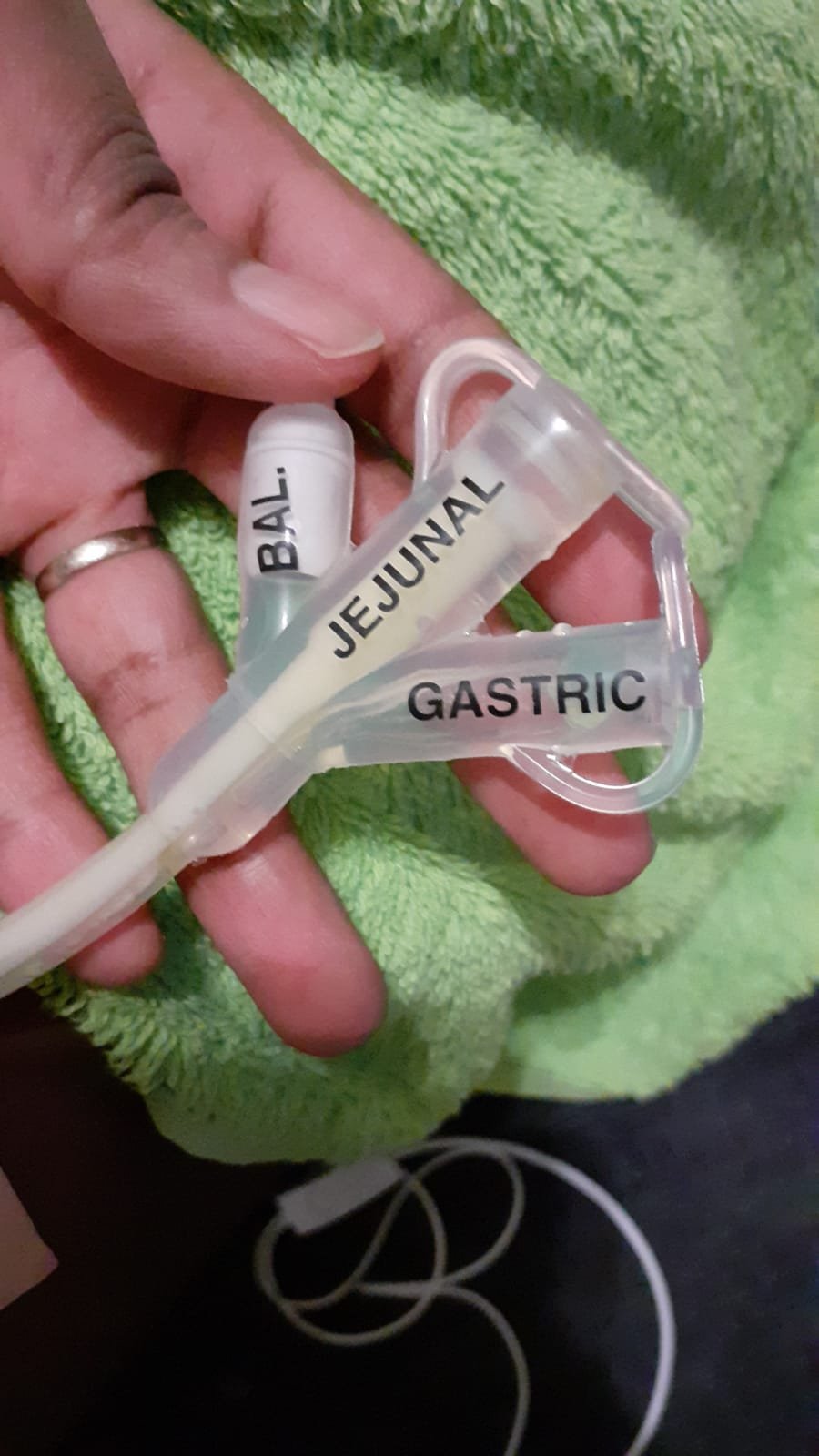PEG Feeding Tube
Resources
What is a Feeding Tube?
A feeding tube is a medical device used to provide nutrition to people who cannot take food through their mouth (orally), are unable to swallow safely or cannot take in enough calories orally, so may need additional supplementary nutrition.
Different Types Of Feeding Tubes:
Percutaneous Endoscopic Gastrostomy (PEG)
Percutaneous Endoscopic Gastrostomy (PEG) or Percutaneous Endoscopic Jejunostomy (PEJ) – This is an endoscopic medical procedure where the feeding tube is surgically placed into your stomach or small intestine (sometimes both) through the abdominal wall. It is a much better option for patients that require long term tube feeding (Longer than 4 – 6 weeks) and once placed can stay in your stomach for many years (as long as it is needed). The tubes do experience usual wear and tear over time and because of this will need to be replaced every 4 – 6 months, however replacing a tube is a non-invasive procedure taking less than 5 minutes and is usually done by your stoma nurse (or yourself) at home. It is recommended that you rotate your tube 360 degrees every day to prevent the stomach lining growing around your tube.
There are different tubes available, the main ones are:
The “Dangler” (PEG) – is a long tube that is initially inserted into your stomach. It has a balloon that gets blown up once the tube is inserted to ensure that the tube remains in the correct place. These tubes can be quite inconvenient due to their length, so they are generally changed within the first 6 weeks of tube placement.

The Mickey Button (Gtube) – This is a much smaller and more manageable tube that will get placed after about 6 weeks of surgical placement. It is also held in the stomach with a balloon. It comes with tube attachments that are connected to the button at feed time, giving you a bit more freedom between feeds.

The MiniOne button (Gtube) – This is a smaller and more discreet feeding button that is available. It can be placed at the time of the surgery and this is usually done in babies, or you can change to this button around 6 weeks after surgery, but this will depend on your doctor. It also uses a balloon to keep it in place and has additional tube attachments which are connected at feeding time.

PEG J Tube – This is a gastrostomy tube with an extension into the Jejunum. It is used to feed the jejunum and vent the stomach (relieve gas build-up in the stomach) or drain the stomach.
Total Parenteral Nutrition (TPN) – This type of feeding is required when you cannot feed into the stomach or small intestine at all. It is a type of feed that will go directly into your veins either through a central access for long term TPN use (a direct line into your heart) or a peripheral line for shorter term use, usually not longer than a week which is inserted into your arm (like a regular IV).


